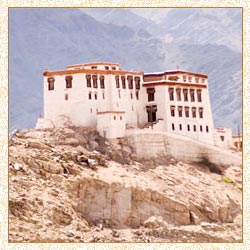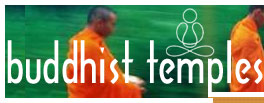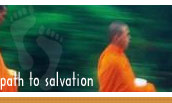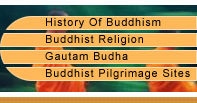 Stakna Gompa of Ladakh is situated on the right bank of the Indus River, at a distance of approximately 25 km from the town of Leh. The name, 'Stakna' literally means 'tiger's nose'. The monastery was so named because it was built on a hill, which is shaped just like a tiger's nose. Stakna Monastery of Leh Ladakh owes its inception to Chosje Jamyang Palkar, the great scholar saint of Bhutan. It formed a part of the many religious estates offered by the Dharmaraja Jamyang Namgial to the saint, around 1580 AD.
Stakna Gompa of Ladakh is situated on the right bank of the Indus River, at a distance of approximately 25 km from the town of Leh. The name, 'Stakna' literally means 'tiger's nose'. The monastery was so named because it was built on a hill, which is shaped just like a tiger's nose. Stakna Monastery of Leh Ladakh owes its inception to Chosje Jamyang Palkar, the great scholar saint of Bhutan. It formed a part of the many religious estates offered by the Dharmaraja Jamyang Namgial to the saint, around 1580 AD.The central image inside the monastery is that of the sacred Arya Avalokitesvara from Kamrup (Assam). Stakna belongs to the Dugpa order and serves as the residence of approximately 30 monks. The successive reincarnations of the Stakna Tulku continue to serve as the incumbents of the monastery, preserving the teachings of the Dugpa order. Stakna Gompa also has a number of monasteries attached to it, namely Mud and Kharu and those of Stakrimo, Bardan and Sani in Zanskar.
On entering the central courtyard, one comes across the Dukhang (main assembly hall). The head lama got seven feet high, silver gilted chorten erected inside the Dukhang, in the 1950s. The chorten comprises of a statue of the Buddha as well as numerous Buddhist texts. The left wall of the Dukhang is adorned with three new paintings, those of the Tsephakmad (a Buddhist deity), Sakyamni (the Historical Buddha) and Amchi (the Medical Buddha).
The wall opposite to the Dukhang entrance is also painted with three images, those of a Bodhisattva, Padma Sambhava (8th century Indian Buddhist scholar and translator of Buddhist texts into Tibetan) and Tshong-san-gompo (an early king of Tibet). To the right of the hall are the statues of Sakyamuni (Past Buddha), the Present Buddha and Maitreya (Future Buddha). And, the throne of the head lama of Stakna lies on the left side of the Dukhang





